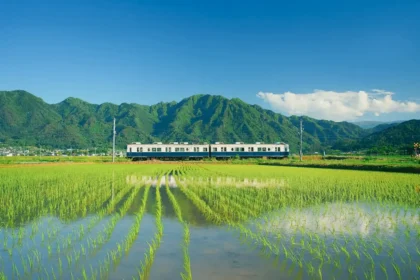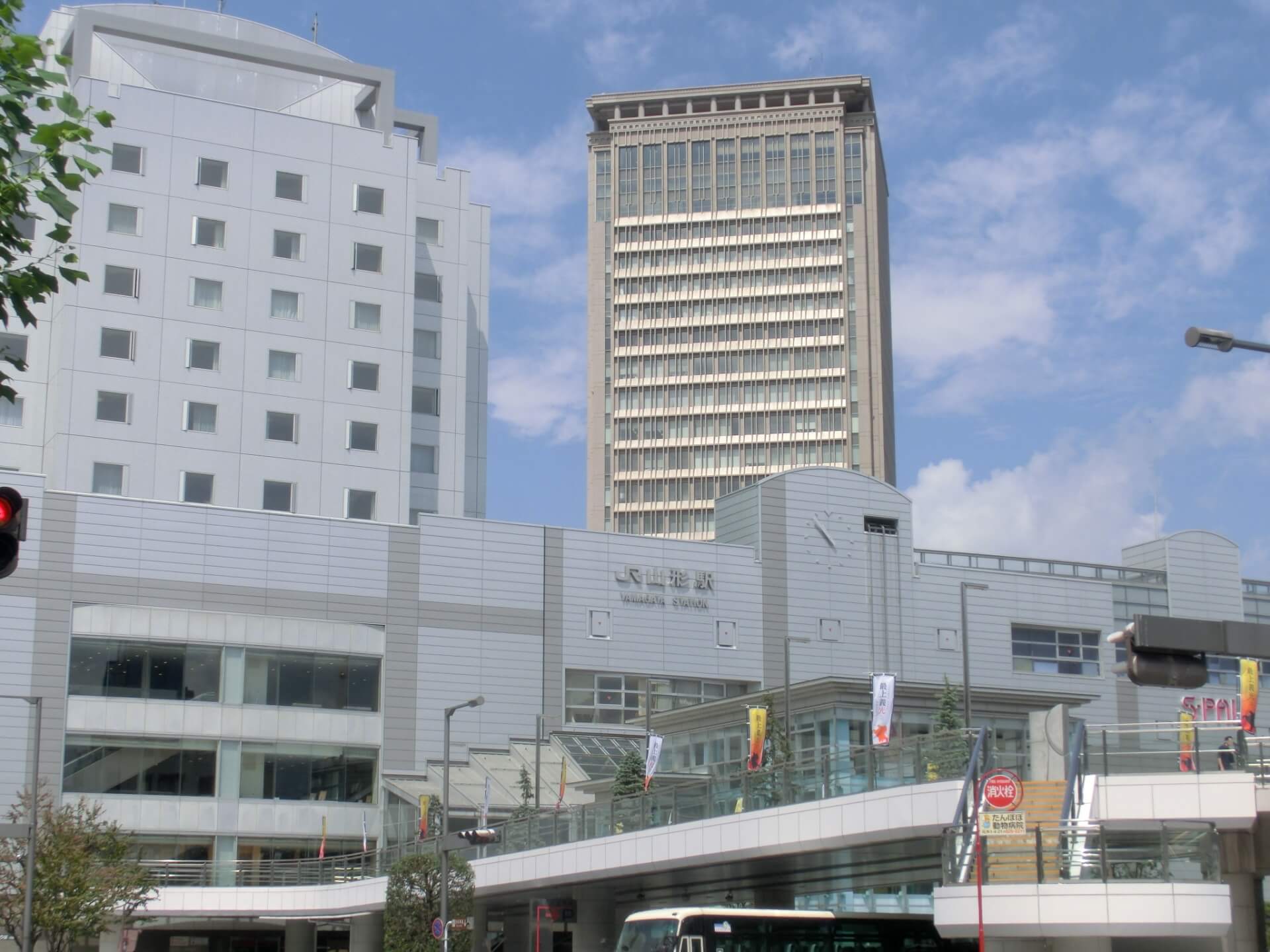
Yamagata is a station on the Yamagata Shinkansen line and the nearest major station to Zao Onsen Ski Resort and located within easy reach of the region's other famous hot spring town, Ginzan Onsen. On this page you will find the following information:
-- Train Lines / Services to Yamagata Station
-- How to Get from Yamagata Station to Zao Onsen Ski Resort
-- Rail Passes Covering Travel to Yamagata
-- Purchasing & Activating a JR Pass
-- Yamagata Tourist Information
Yamagata Station is easy to reach thanks to Yamagata Shinkansen services running from Tokyo Station to Shinjo Station. Smaller, local lines also operate to and from the station, with bus services heading to regional destinations including the popular Zao Onsen Ski Resort – see below for details.
It is important to note that this page is intended for international visitors who will primarily be interested in using the shinkansen and does not include complete information about all services and facilities at the station.
TRAIN LINES / SERVICES TO YAMAGATA STATION
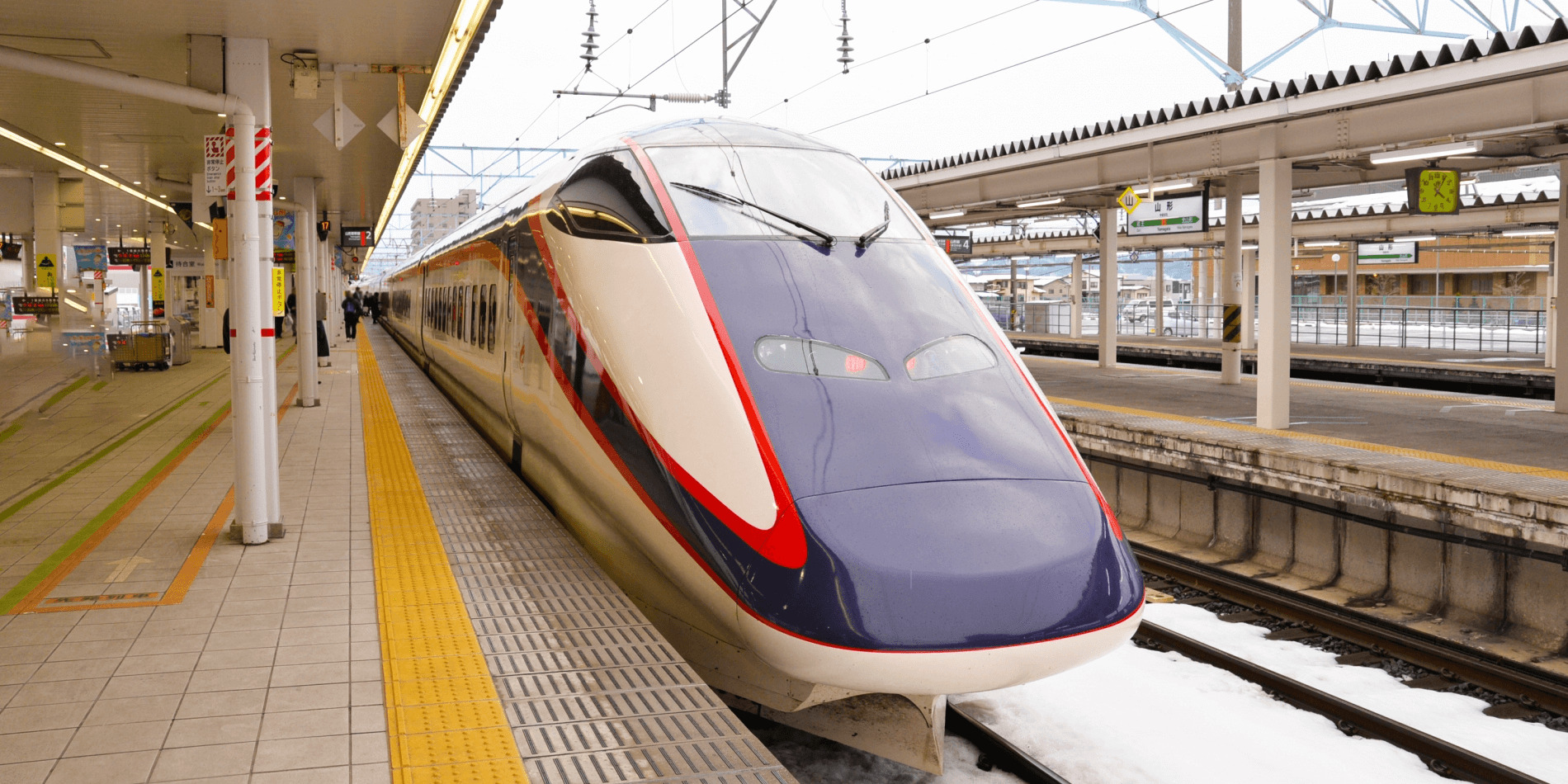
Yamagata is serviced by multiple lines of which the Yamagata Shinkansen will be of most interest to international visitors:
YAMAGATA SHINKANSEN
The Yamagata Shinkansen is a regional line branching-off from the main Tohoku Shinkansen line at Fukushima Station and running to Shinjo Station via Yamagata Station. It includes stops at:
Fukushima / Yonezawa / Takahata / Akayu / Kaminoyama-Onsen / Yamagata / Tendo / Sakurambo-Higashine / Murayama / Oishida / Shinjo
Services run on a standard gauge track and therefore do not reach the speed of a true shinkansen but nevertheless it’s fast and is the quickest way to move to and from Yamagata. Some services originate at Tokyo Station while others start at Fukushima Station. The ‘Tsubasa’ is the most convenient of these as it runs from Tokyo to Yamagata and onto Shinjo without the need to transfer at Fukushima. Shinkansen services operate from Platform 1 and 2 at Yamagata Station.
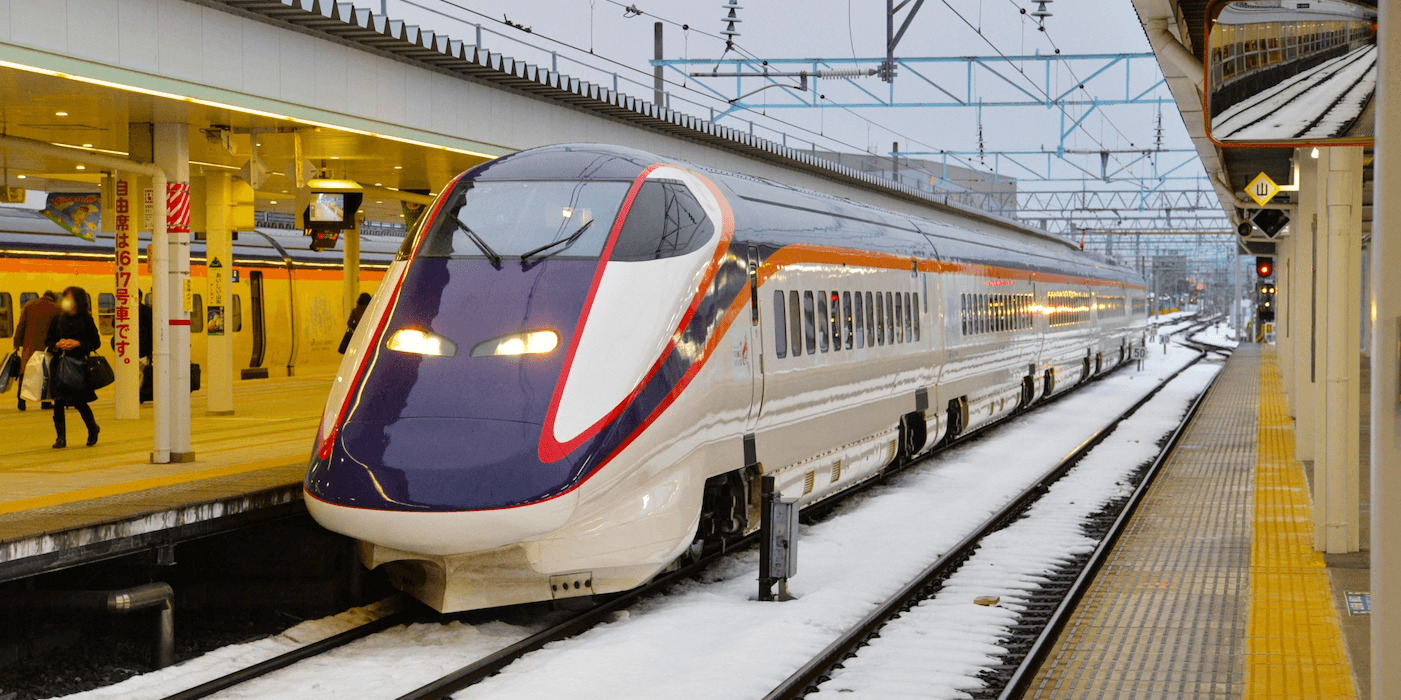
Travelling from Tokyo to Yamagata takes between 145 to 175 minutes (depending on which service you choose) and costs: reserved JPY11,450 / Green Car JPY15,110*. Please note, all carriages on Tsubasa services are reserved seating only, meaning you must have booking before boarding the train. For more detailed information about using the Tohoku Shinkansen including explanation of the services, fares and timetables, please use the link above.
OTHER TRAIN LINES
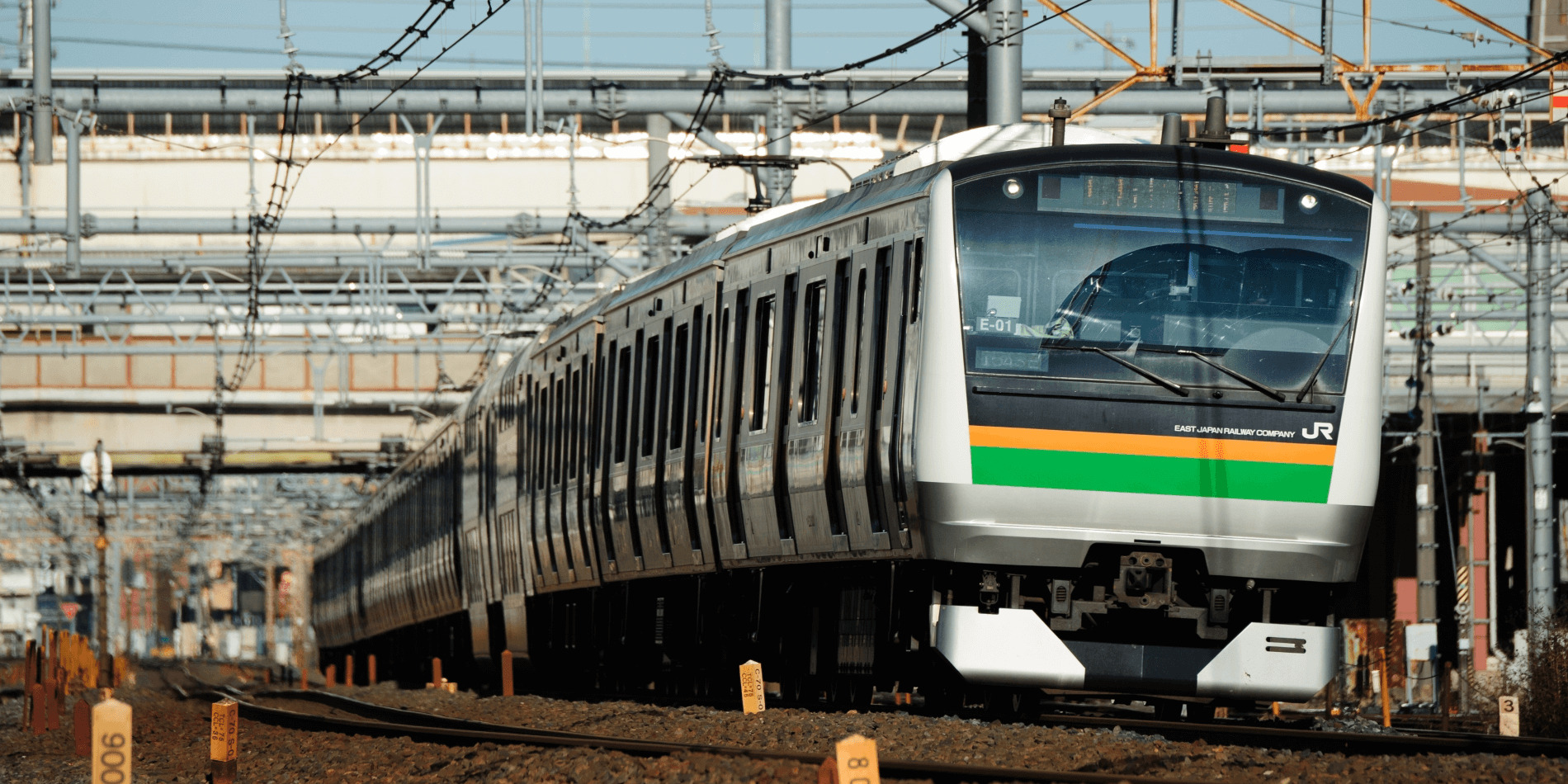
A handful of local lines run to and from the station including the:
Yamagata Line bound for Tendo, Shinjo, Yonezawa and Fukushima.
Aterazawa Line bound for Sagae and Aterazawa.
Senzan Line bound for Yamadera, Ayashi and Sendai.
*Prices are valid as of March 2022 but subject to change.
HOW TO GET FROM YAMAGATA STATION TO ZAO ONSEN SKI RESORT
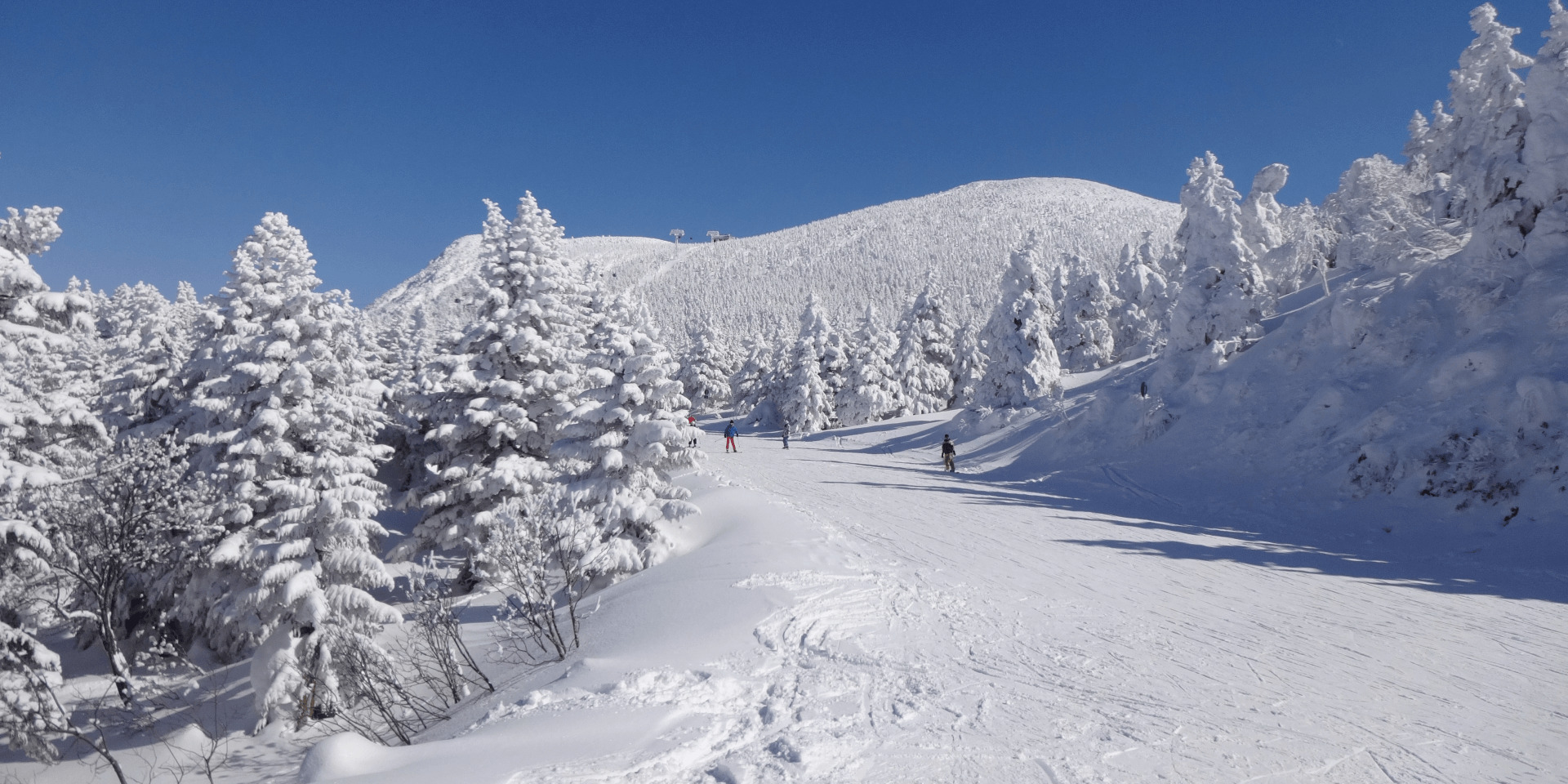

Yamagata is the nearest major station to Zao Onsen Ski Resort and given its function as shinkansen station, heading to the Zao via Yamagata is the easiest way to reach the resort. There are multiple services each day departing the station at 06:50, 07:40, 08:40, 09:20, 10:20, 11:20, 12:20, 13:20, 14:20, 15:20, 16:20, 17:40 and 20:00*. The journey takes around 40 minutes and costs: Adults JPY1000 and children JPY500. Services depart from Bus Stop No.1 outside the station's East Exit. No advance booking is required. You pay the driver when you get off the bus - cash only.
For visitors returning from Zao Onsen to the station, daily services depart at 07:00*, 07:50, 08:40, 09:40, 10:20, 11:20, 12:20, 13:20, 14:20, 15:20, 16:20, 17:20, 18:40 and 19:50. The fare and journey time is the same and no advance booking is required.
*service does not operate everyday.
RAIL PASSES COVERING TRAVEL TO YAMAGATA
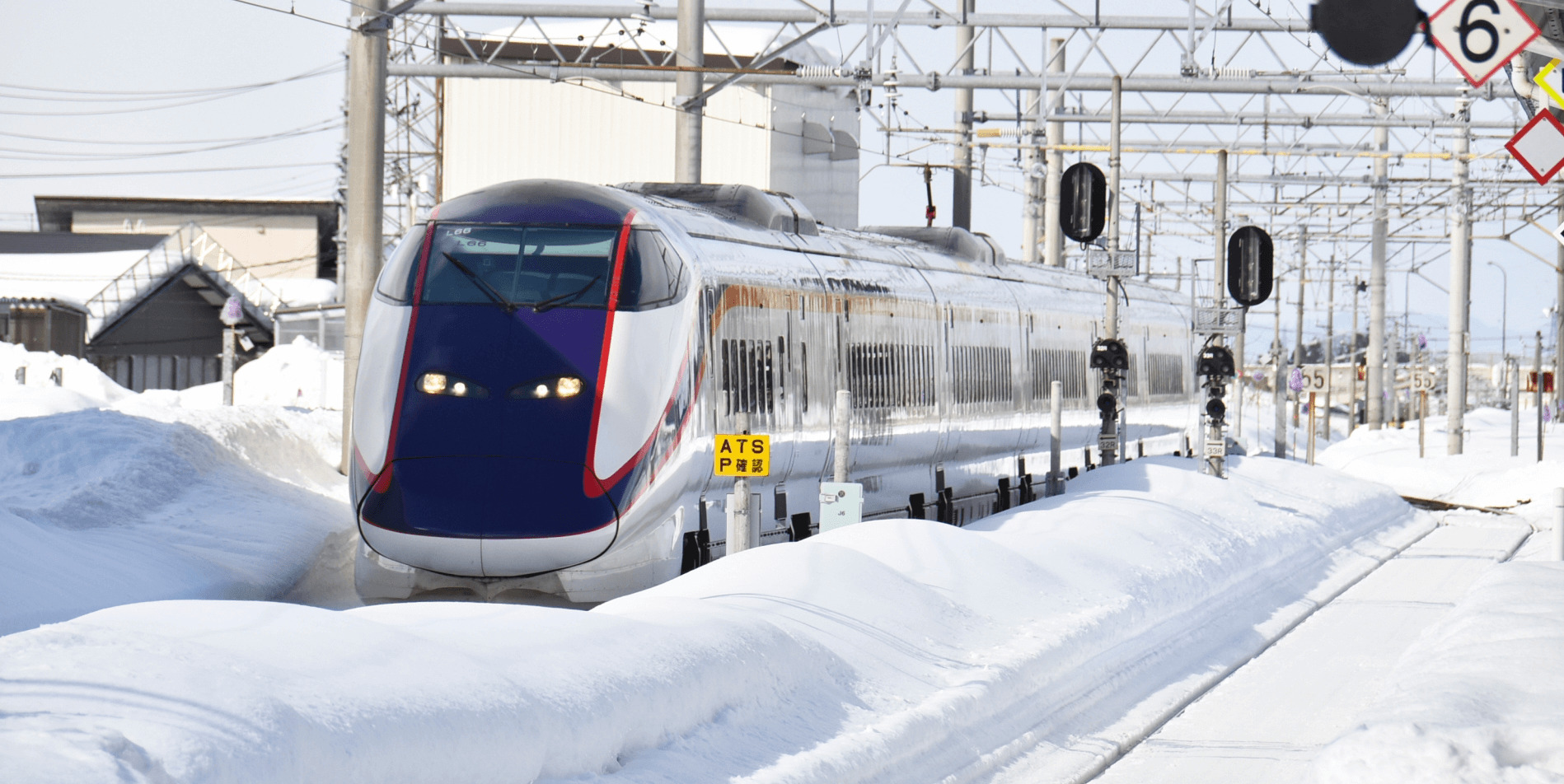
There is no escaping the fact that travel using the shinkansen and other rapid services is expensive. Given the speed and distances covered by these trains, travellers should think of them much like taking a flight, with tickets accordingly priced. International visitors to Japan have the option of purchasing one of several passes which allow for unlimited use of the Tohoku and Yamagata Shinkansen along with other services including the:
JAPAN RAIL (JR) PASS
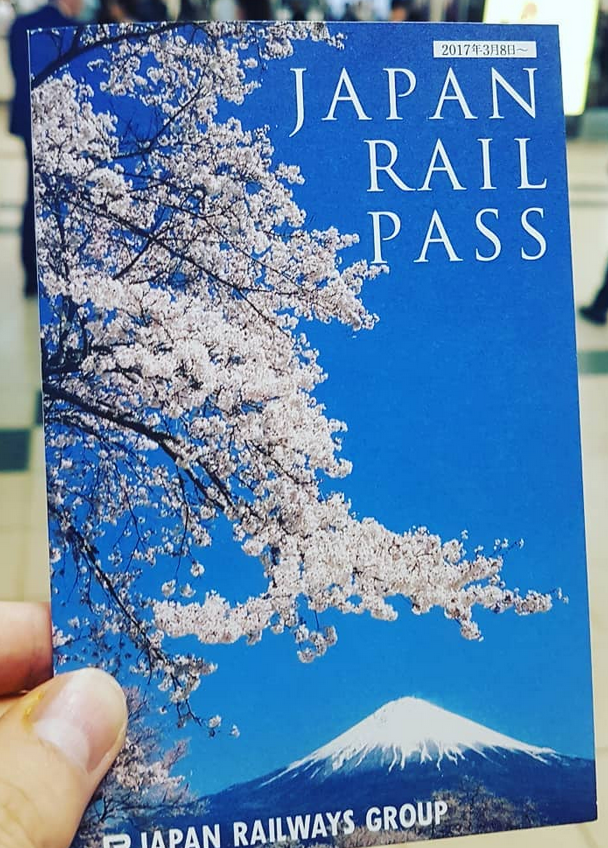
Covering all 9 shinkansen lines in Japan and many other train services, the JR Pass is a great option for visitors planning to use the shinkansen more than a handful of times and/or travel large distances. Travelers have the option of 7, 14 and 21-day passes covering either Ordinary or Ordinary and Green Cars. The JR Pass allows for use of any service on the Tohoku / Yamagata Shinkansen line at no additional cost but noting that should holders wish to have a reserved seat, they are still required to book a seat at the ticket office (at no additional cost).
PURCHASING & ACTIVATING A JR PASS
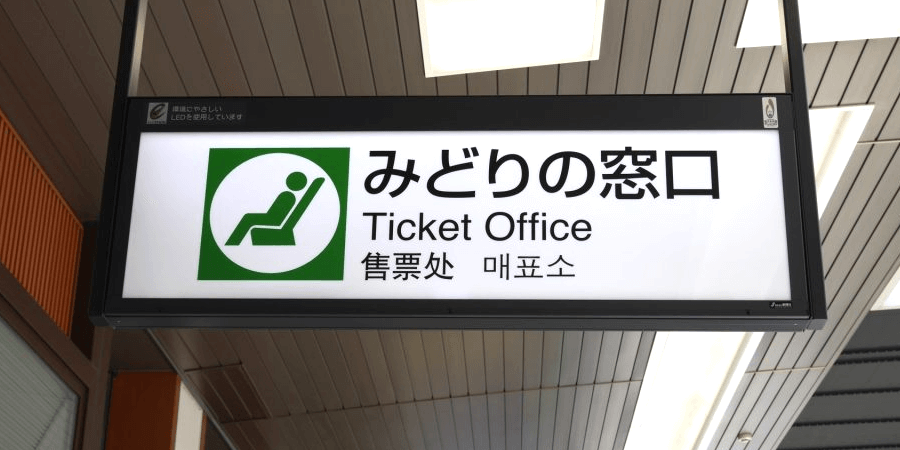
Passes can be purchased via the official website or via a JR-affiliated sales office. Once you completed payment, you will receive an exchange order. This is a proof of payment and looks almost like a flight ticket with your personal details, type of Pass, and validity (three months from the date of issue). It is important to note that the exchange order is not your actual pass and will need to be exchanged for your pass once in Japan. Whatever you do, do not lose the exchange order and prioritise exchanging it for your pass when you arrive.
The pass listed above is valid for travel to and from this station. Before using a pass, it must first be exchanged/activated. Exchanging/activating the pass can however be done at numerous offices located at airports – including Narita Airport and Haneda Airport in Tokyo – and major train stations throughout Japan. If you have the time, we recommend activating your pass while at the airport. If you're planning to do so at Yamagata Station, you can do so at the: JR EAST Travel Service Center: open daily from 10:00 to 17:30.
Passes can also be activated at these stations on the Tohoku Shinkansen line: Tokyo Station / Fukushima Station / Sendai Station / Morioka Station / Shin-Aomori Station. To exchange/activate your pass you will need your exchange order and passport. Make sure you allow adequate time to exchange and activate your pass if you are intending to use it on the same day or do so a day or two before you plan to start using it (you can always nominate a later activation date). Once you have your activated pass you are free to ride however you can’t insert your pass into the ticket gates. Simply walk through the side booth (permanently attended by station staff) and show your pass. You will be waved through and you can make your way to the platform.
YAMAGATA TOURIST INFORMATION
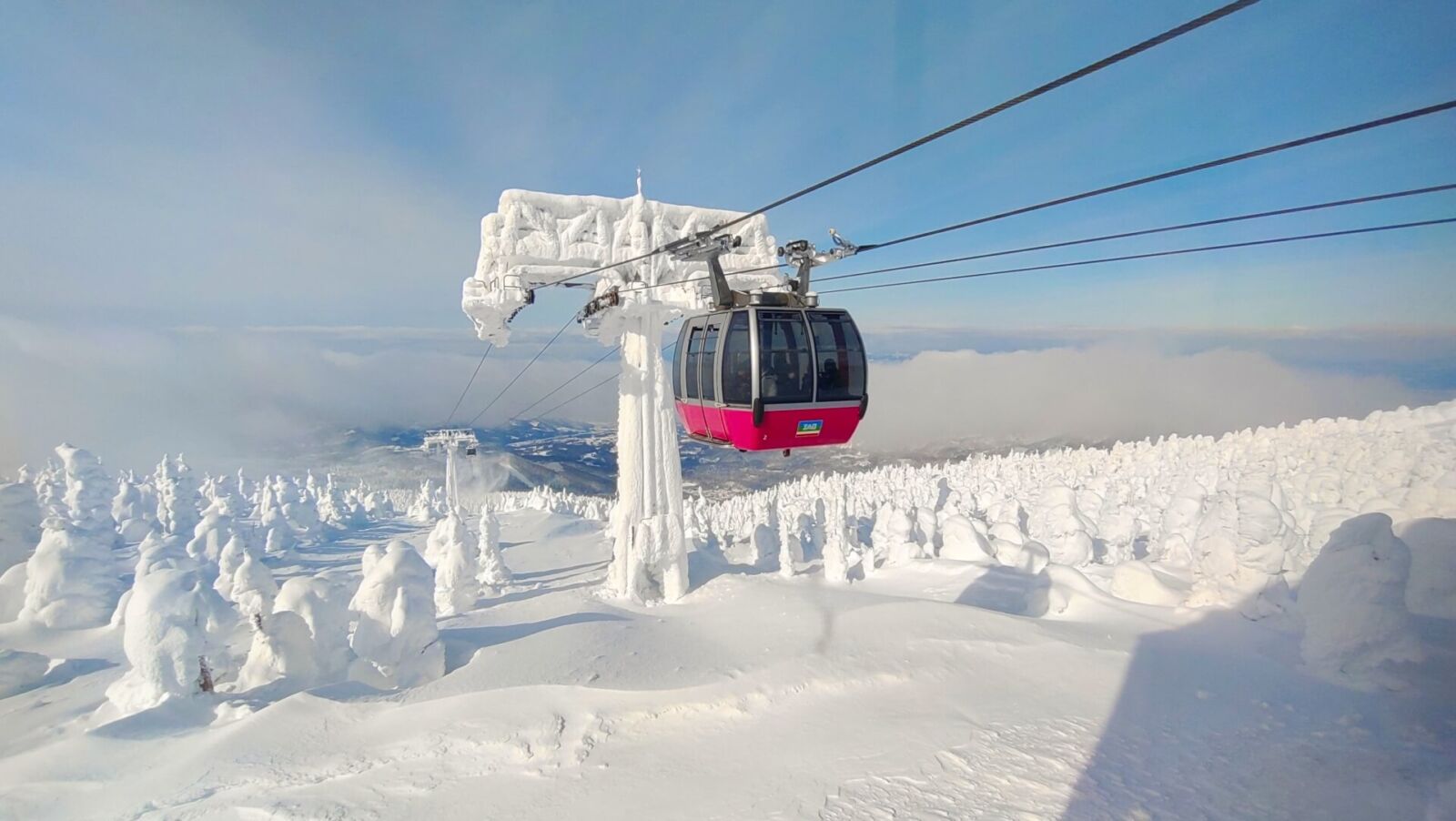
Open daily from 10:00 to 18:00, Yamagata Tourist information is located on the first-floor of the station and has English-speaking staff on-hand to assist with any transport, sightseeing and accommodation enquiries. Other languages such as Chinese and Korean are not provided at this time. Free WiFi is available inside.
TOHOKU SKI RESORTS
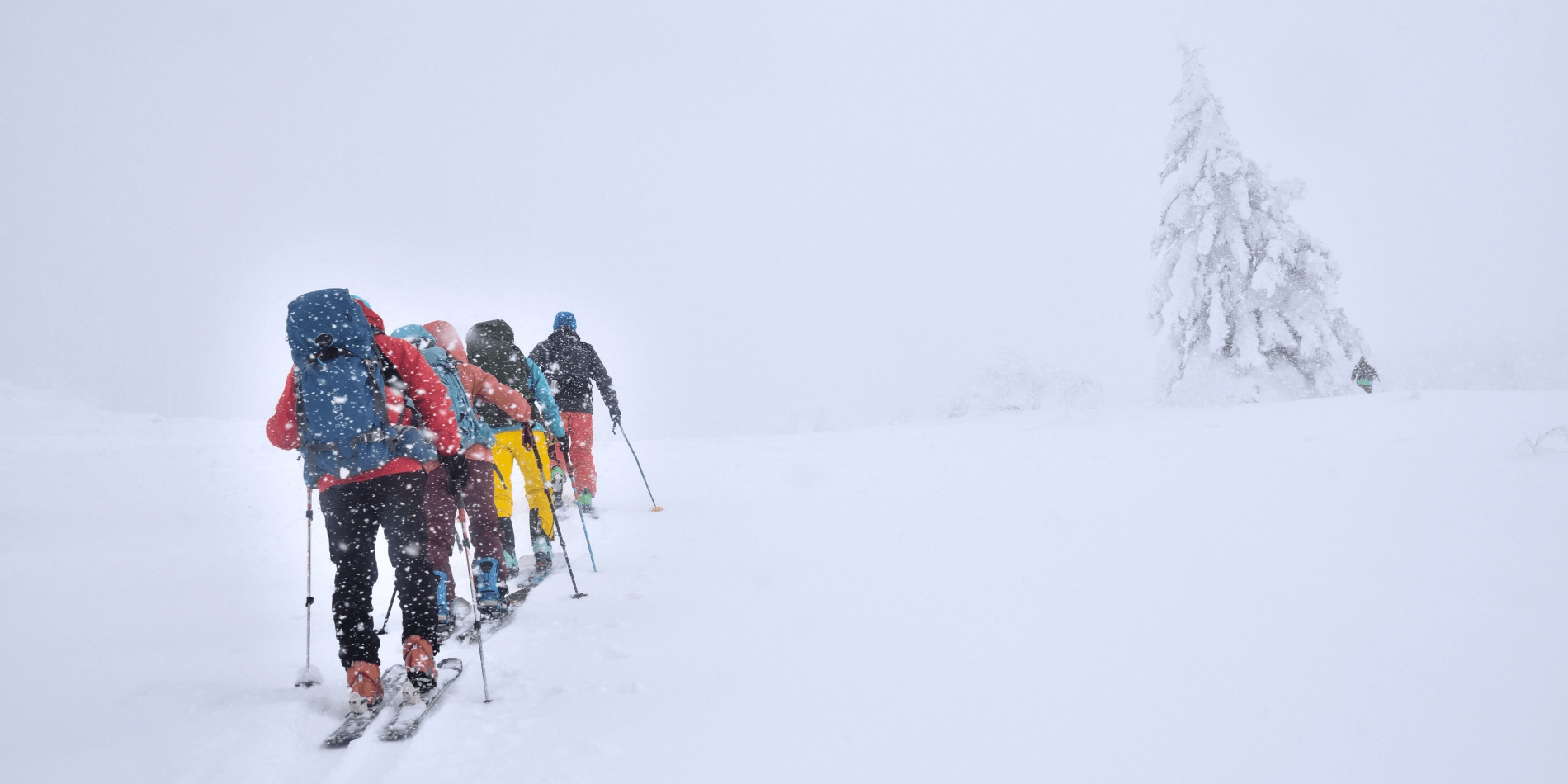

Though they might not be as well-known as the resorts of Nagano, Niigata and Hokkaido, the ski resorts of Tohoku offer some excellent skiing and snowboarding and a different atmosphere to the more developed and international resorts of Japan. Our ‘Tohoku Ski Resorts’ page has everything you need to know including all the stats, facts, highlights and accommodation for Hoshino Resorts Alts Bandai, Zao Onsen Ski Resort and Appi Kogen Ski Resort.
PLAN YOUR VISIT TO JAPAN
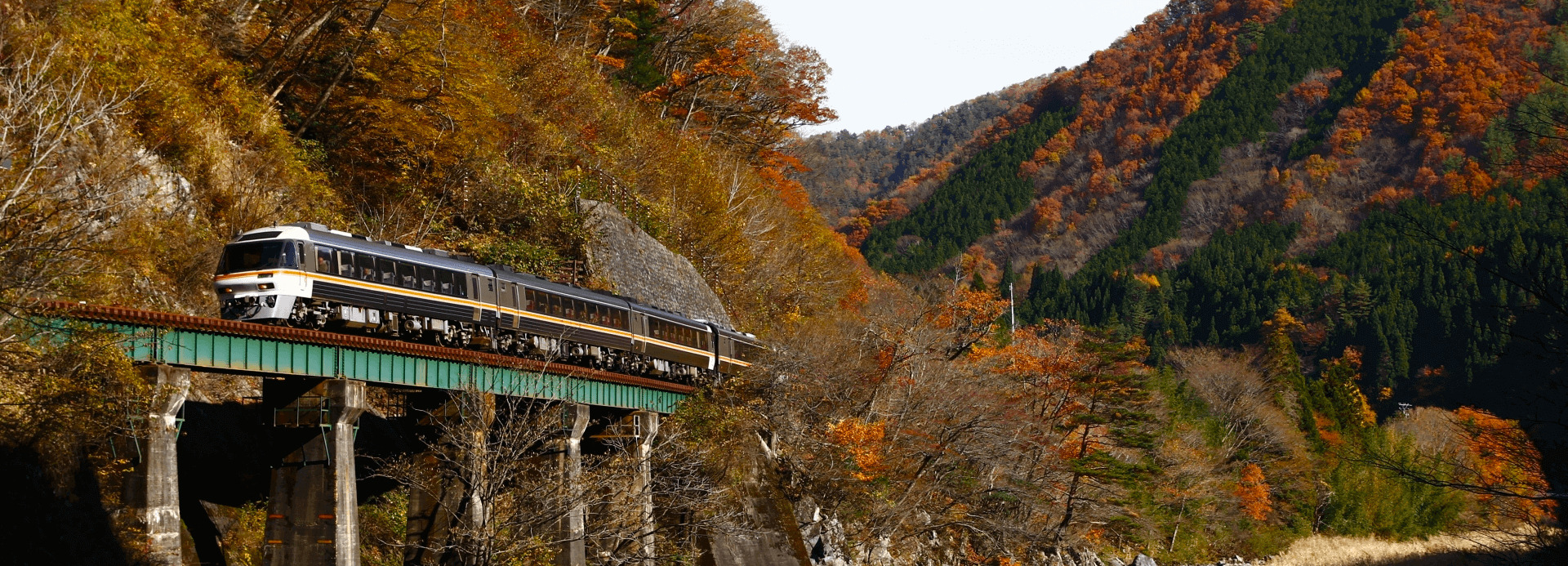

Yamagata Station and the Yamagata Shinkansen are just two parts of Japan’s fantastic rail network. Unfathomable in its size and efficiency, moving around the country by train is easy and comfortable opening-up all regions of Japan for exploration. Our ‘Plan Your Visit’ page has everything you need to know about visiting Japan – from tips on the best time to travel, times to avoid, entering and exiting the country, money matters, staying connected, accommodation, staying safe and healthy and plenty more to ensure that you get the most out of your time here.














